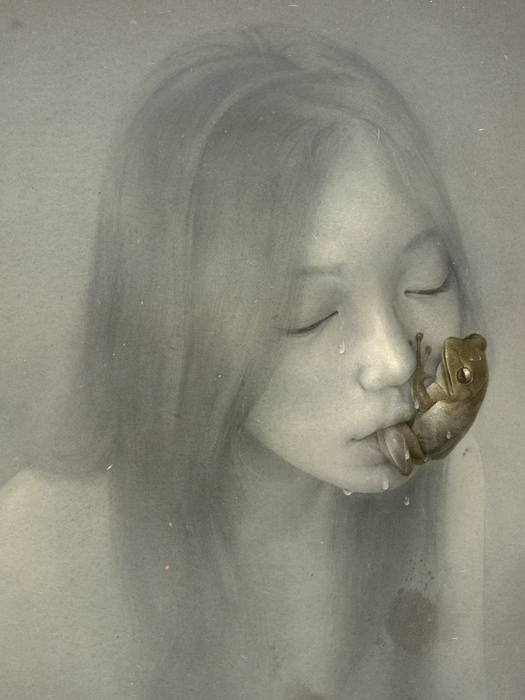Sam Weber is an Alaskan born illustrator based in Brooklyn, New York.
Recently awarded a Gold Award by The Society of Illustrators and the Spectrum Annual. He graduated from The Alberta College of Art and Design in Calgary, before completing a Masters at The School of Visual Arts in New York. His current clients include Time, DC and Rolling Stone.
Sam Weber is an illustrator who, by his own admission, finds it very difficult to sum up his style. “I have no idea how to describe it without sounding like a total moron,” he laughs. “It was a fairly organic development. My time in graduate school was pretty unrestricted, which allowed me a lot of time to explore my own visual vocabulary and ideas about image-making. In the end, the artwork that people seemed to respond to the most was stuff based on what I was doing in my sketchbook. I spent a lot of time trying to make usable illustrations, which really got me nowhere. In the end I sort of just gave up and began making pictures based on things I was interested in instead: villains, Shakespeare, and fairy tales, to name but three. The more personally driven illustrations resonated with clients a lot more, which was really exciting. I still sometimes can’t believe that I’m actually getting away with all this.”
“I’m painting a lot in watercolour these days, which has its own interesting idiosyncrasies,” explains Weber, beginning to detail the process behind the hand-drawn, often fantasy-themed imagery that litters his portfolio. Describing an editorial brief, Weber takes us on his creative journey. “After I read the content I usually sit down and start drawing - just small scribbles, as I’ve never had much luck making word lists, or sitting back and thinking. It seems all my ideas come from doodling.” He continues: “Playing around with ideas and compositions by sketching is really the only way I’m ever able to get anything accomplished. Afterwards I’ll refine the sketch, either for the client or just for myself. I usually end up redrawing the picture in pencil several times, either compositing the final piece from various sketches in the computer, or working on layers of paper over my light table. I’m pretty obsessive about this stage, as any sort of problems in the finished piece usually result from errors in this part of the process. I find that a bad drawing will inevitably lead to an awful image.”
The majority of projects are painted by hand and finished digitally.














No comments:
Post a Comment